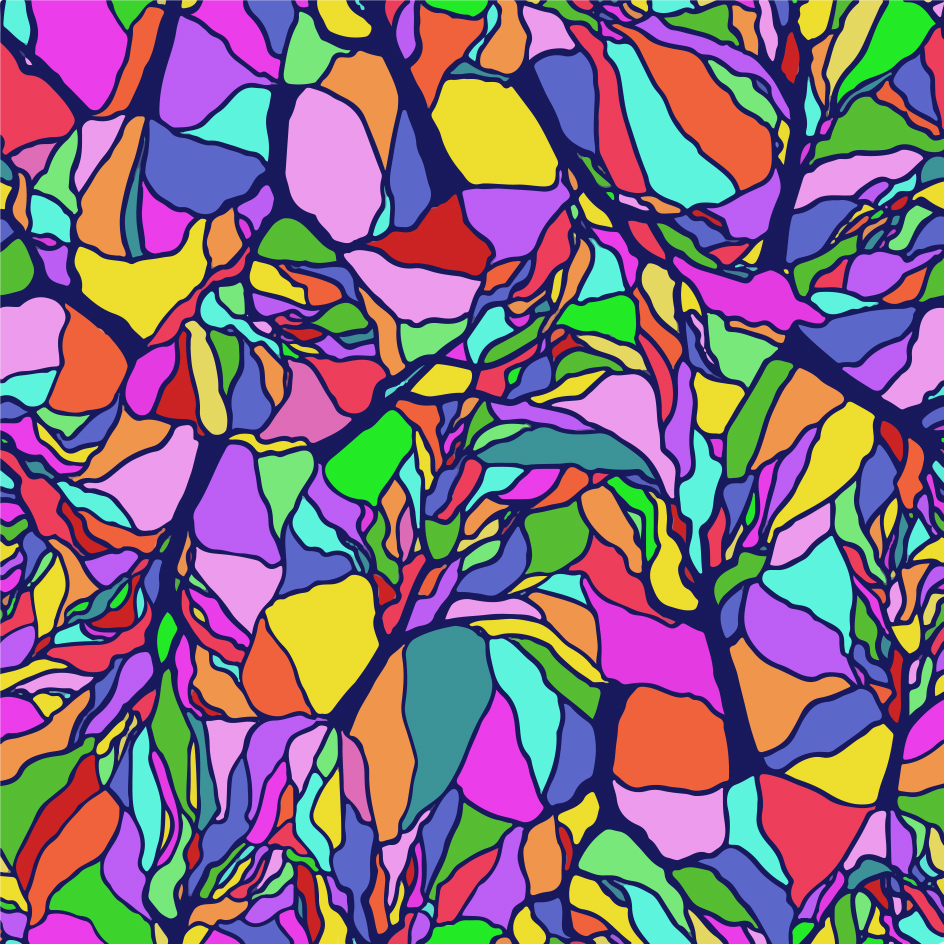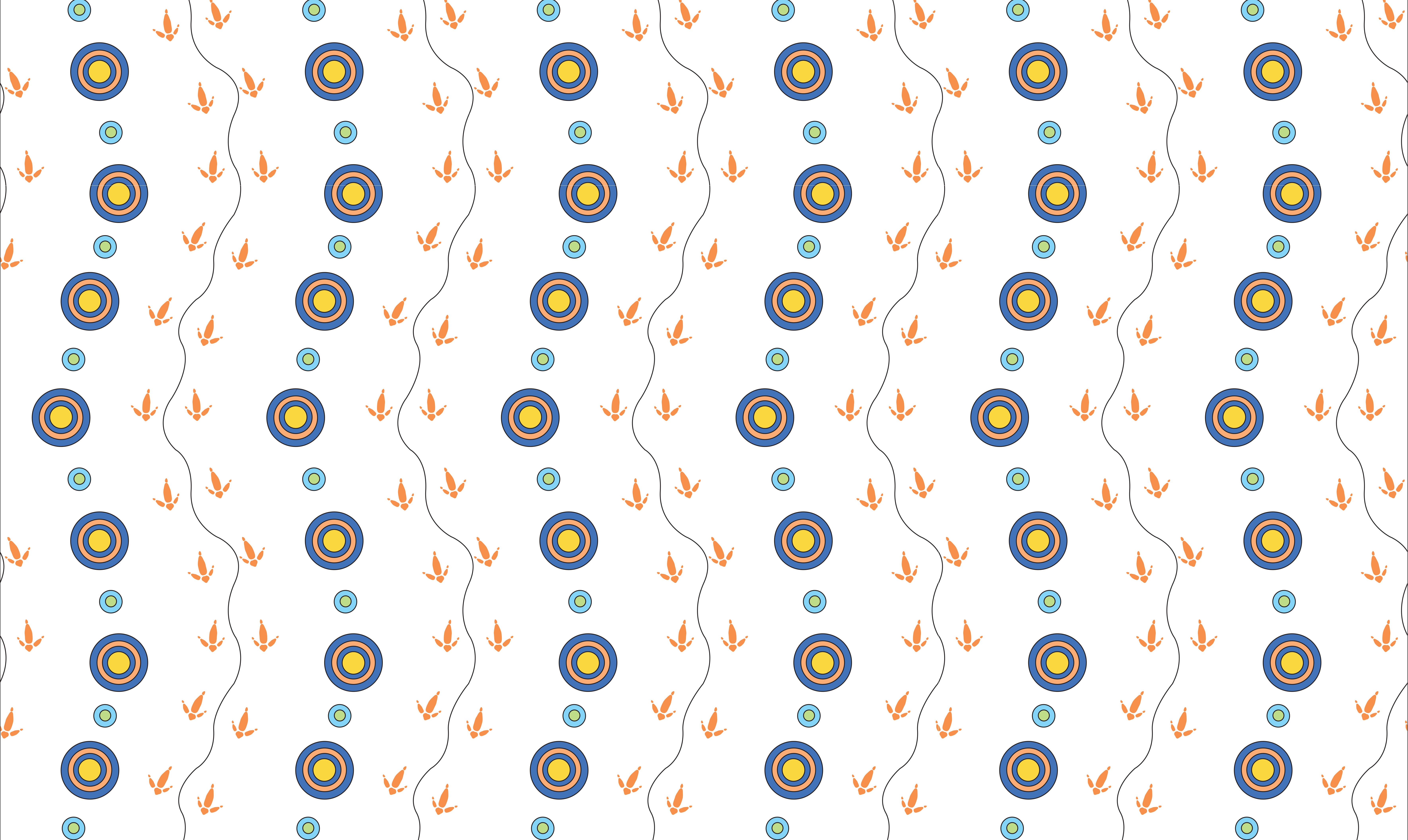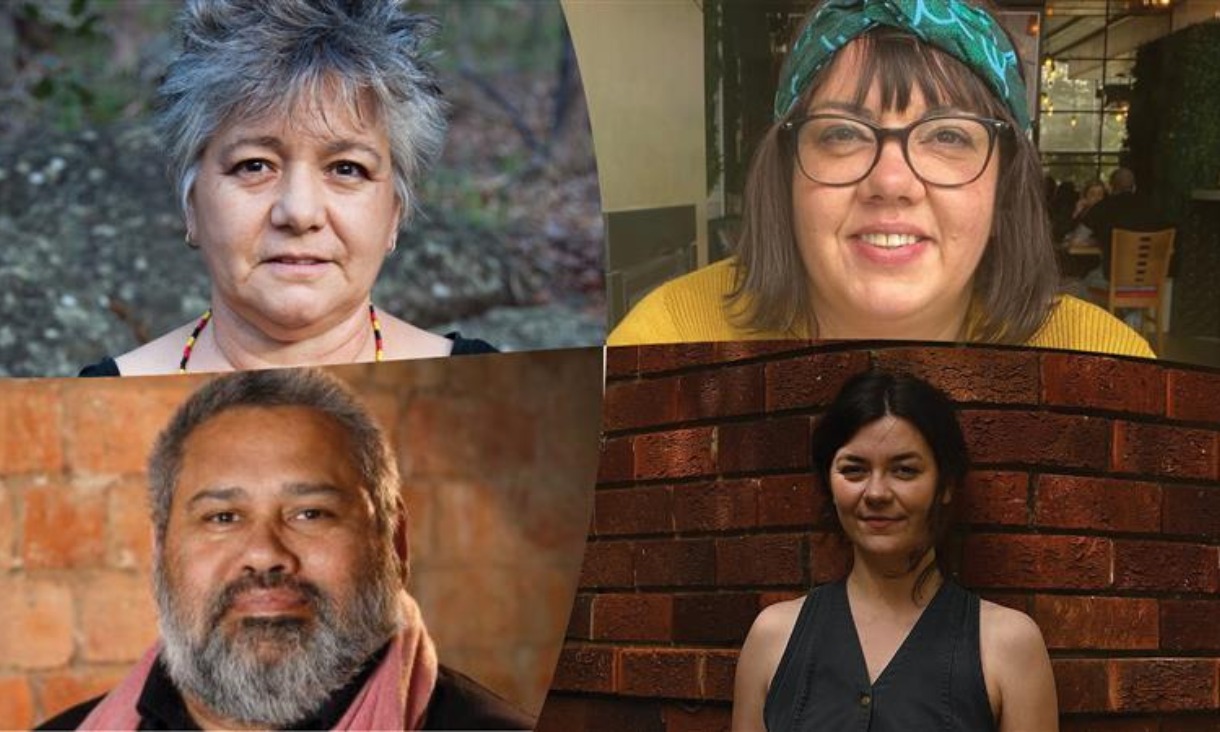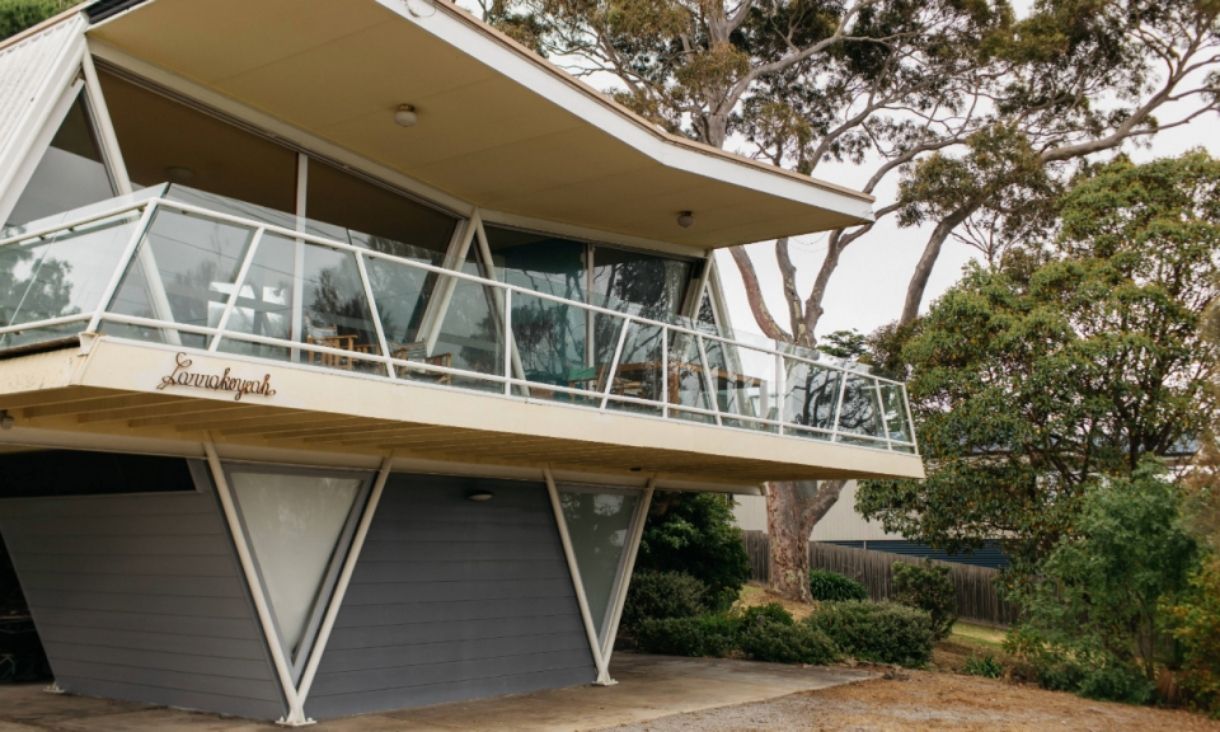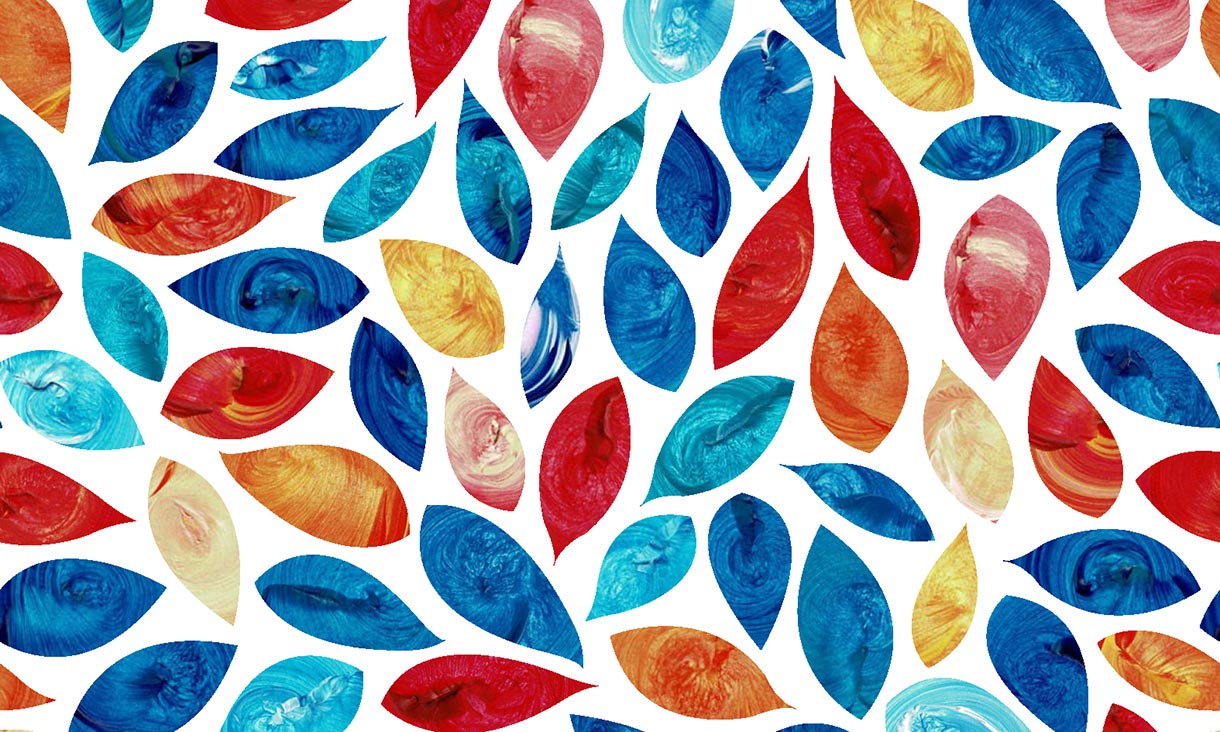RMIT proudly joins forces with Blak & Bright Festival
A rich program of cultural activities and hands-on experience for students will be the focus of a new partnership with RMIT and the Blak & Bright First Nations Literary Festival.
McCraith House Creative Residency Program wraps up a vibrant year of artistic experimentation and collaboration
RMIT’s College of Design and Social Context celebrates a year of creative residencies across literature, design, music, and performance.
Leaves of Change: RMIT's new Indigenous branding design
Designer Lou Bloomer has won a competition to have her artwork featured as RMIT's Indigenous branding design.
The McCraith 'Butterfly' House gives wing to exceptional creative works
A historic house on Port Phillip Bay offers a peaceful retreat for writers and artists alike, including RMIT’s first graduate residency prize winners, who will take up residencies as programs resume.

